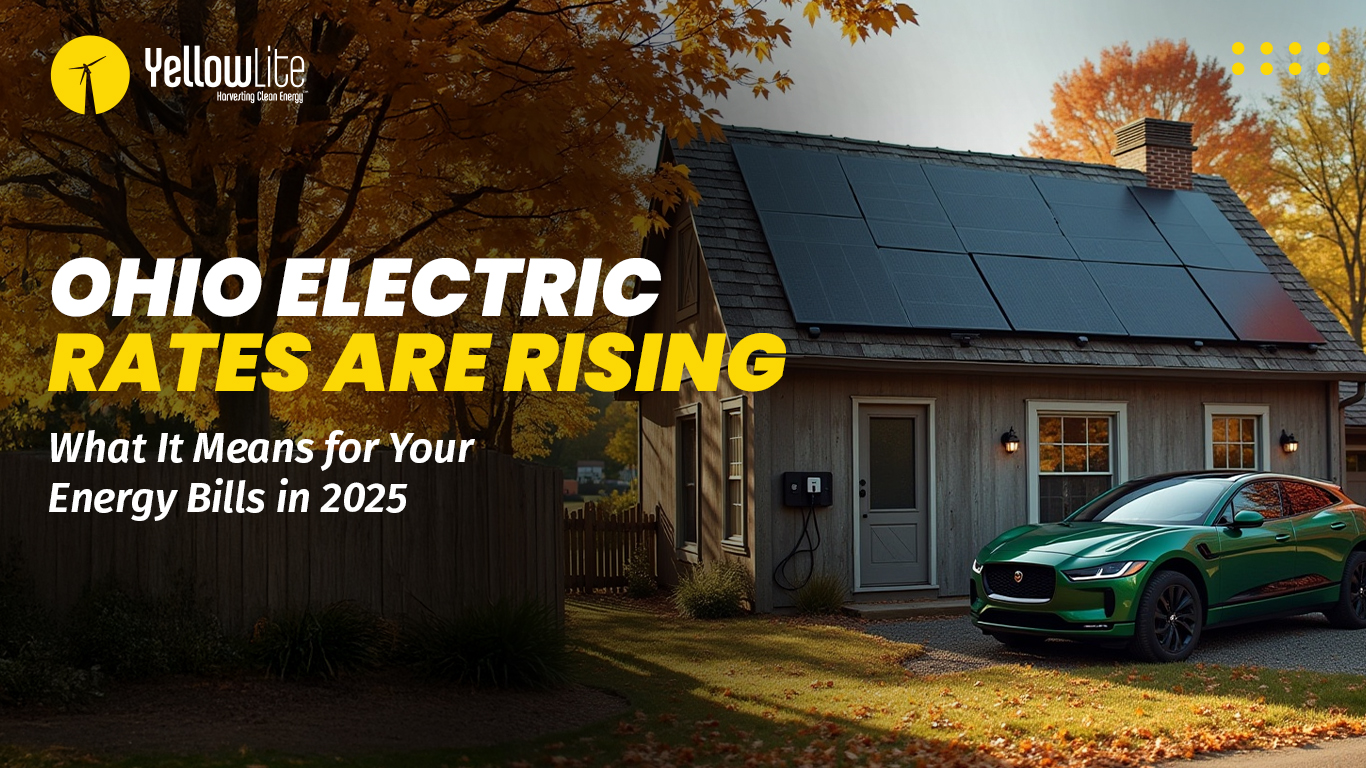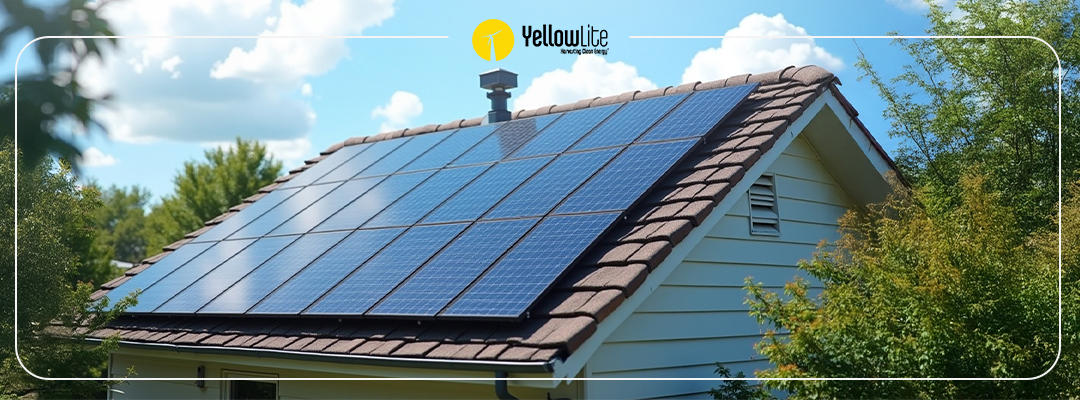Discovering the benefits of solar energy can be a game-changer for both your pocket and the planet. As consumers increasingly opt for solar solutions, the conversation shifts towards understanding its long-term impact. Delving into the environmental advantages, financial savings, and the rise in property value, this article sheds light on why transitioning to solar might be the smartest decision you make in 2024. Dive in to uncover the compelling reasons that make solar energy not just an eco-friendly choice but also a financially savvy one.
Environmental Impact of Solar
For both residential and non-residential markets, more consumers are choosing to go solar and buy their electricity upfront at a lower cost than pay the utility's increasing rates. This not only helps them financially, but it also helps the environment. The electricity running most American homes unfortunately comes from non-renewable, polluting sources. Your choice to go solar is not only environmentally friendly but will also lower your electricity bill by offsetting some of the energy previously supplied to the building by the utility.
How much can you save with solar?
The lifetime of solar panels is mostly around 25 years and you can even eliminate your electricity bill with the help of solar energy. Although solar is a large investment upfront, on average you can still save $1,346 annually.
Based on your electric bill savings and the increase in property value from the installation of solar panels, the initial investment is not only returned, but you're guaranteed to make money over the lifetime of the system.
For a standard system, you'll see your summer electric bills decrease drastically, though the bills during winter months won't show the same reduction, as summer months feature longer days and temperatures more conducive to a solar panel system's energy output.
Consider your energy usage as well. If your system is producing more energy than you can use, then your electric meter will actually spin backwards, which means you're sending energy back to the grid. In that scenario, you'll receive 'credits' for each kilowatt-hour (kWh) of energy sent back to your electric company.
Right now, the average electric rate in the state of Ohio is 14.12 cents per kWh. Based on government regulations and restrictions on obtaining fossil-fuel resources, that average is projected to rise considerably in the near future. This makes going solar a good way to shield yourself from increasing utility rates. You can quickly calculate a price quote and system options with YellowLite's solar calculator.
Considering the savings you'll begin to see from day one, solar panels are a good investment to lower your utility bills. Solar panels for the home also increases property value as the panels are considered an added asset to your home. A U.S. Department of Energy study determined that homes with solar systems sold for a higher rate than comparable homes without one. The amount of increase is based on the size of the system that is installed. Naturally, a larger system will give you a larger increase in property value.
How much will solar cost in 2024?
The cost of solar has been decreasing, in the last 10 years the cost of solar has decreased 40% in the United States. The actual cost of a system does depend on a variety of factors that includes the following
- Location of solar panels (rooftop or ground mounted)
- Type of solar installation (grid-connected, battery backup, etc.)
- Storage capacity
- Amount of sunlight in your area
- Size of the solar system
- Tax incentives in your state
At YellowLite, we'll not only help you put together the system that best fits your needs but also take care of everything related to the installation: permits, inspections, labor, warranty, and more. If it relates to your solar panel system, we'll be there to handle it. And don't even begin to think you'll see a hidden fee – everything we do is included in the upfront cost. Contact us now for free consultation.



